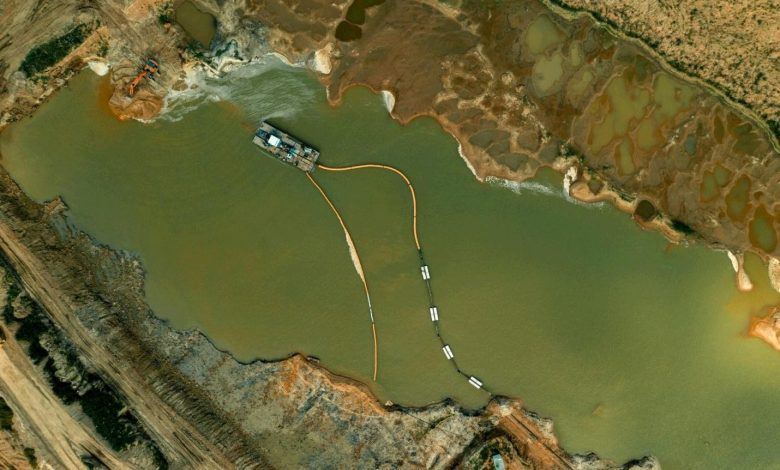Water has always been a key way to transport people, goods, and everything else. Yet it’s not always smooth sailing.
Sedimentation and siltation occur naturally. But they make the water level drop. When this goes out of control, the waterbody can even shut down navigation.
Until the 15th century, there hasn’t been much progress in terms of dredging. People had no equipment whatsoever and were forced to dig up the mud by hand.
As overseas trade significantly increased, so did the necessity to have bigger ports and ships. This brought along the development of better methods to dredge such as agitation ones which pushed the sediment towards the current.
Development of the first equipment:
The next step was the mud mill, which could dig up mud. It had a rough start as it used people or horses to get power until the steam engine replaced the exhausting and ineffective process.
Trial by error and evolution:
The 19th century marked important improvements such as dredging by suction and the cutter suction dredger. Suction dredgers were used for works in the US and Europe.
A piece of well-known initial equipment was General Moultrie, which operated based on a centrifugal pump and a suction pipe. It was unsuccessful and eventually sank while working on the Charleston River.
The French ones performed better while building the Suez Canal. Their flaw was that they couldn’t remove rough sediments. Cutter suction dredgers fixed this issue and managed to eliminate different types of soils.
Though the trailing suction hopper dredger didn’t start as a hit, it quickly became the ideal option in the 1960s. Its main advantage is that it can widen the channel without blocking shipping traffic.
Enhancing the Future of Dredging:
* A full complement of Dredging Services
* Custom to the task dredging equipment
* Industry-leading innovative pump system that combines high reliability and greater capacity
* Chosen by the US Navy
21st-century modern equipment that is monitored and controlled with greater precision so that the entire dredging procedure can be carried out without having to go back for remediation.
Starting a Dredging Project:
Common steps from start to finish in major dredging services. Depending upon your project location, ownership, and size of your project, not every step will be required. Our services cover all of these areas to make your dredging project a success.
Step 1: Acquisition plan to obtain needed permits.
Step 2: Consolidated Permits Application
Step 3: DMMO Approval Process
Step 4: Bathymetric surveys
Step 5: Assistance with regulatory permits/consultations
Step 6: Material characterization
Step 7: Construction management
Step 8: Condition survey
Step 9: Development of and approval for Sampling & Analysis Plan
Step 10: Sediment characterization
Step 11: Planning for temporary relocation of tenants, boats, floats
Step 12: Dredging Operations Plan / Approval.
Step 13: Pre-Dredge survey/volume calculations.
Step 14: Notice to proceed.
Step 15: Pre-construction meeting.
Step 16: Dredging Day
Step 17: Execute Dredging Episode
Step 18: Mobilization
Step 19: Agency notification
Step 20: Staging/access issues.
Step 21: Construction management
Step 22: Compliance with permit conditions.
Step 23: Tracking disposal/reuse trips, volumes.
Step 24: Post-dredge surveys.
At the end of the project, there will be a final project report prepared by the engineer. This one will comprehensively describe the dredging process throughout time.

